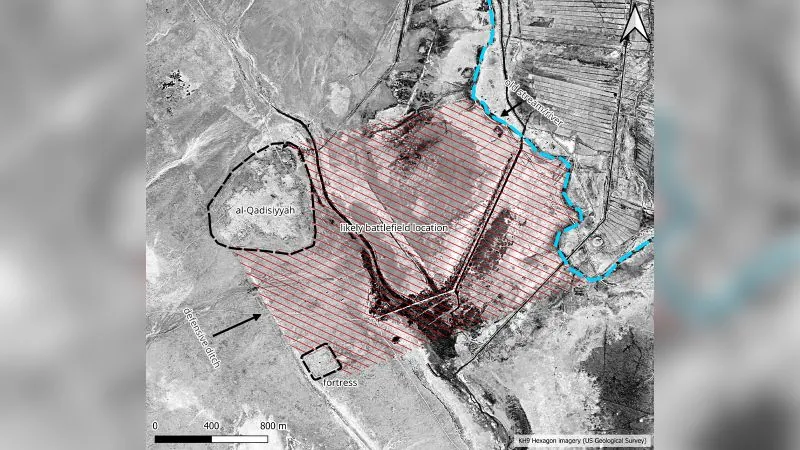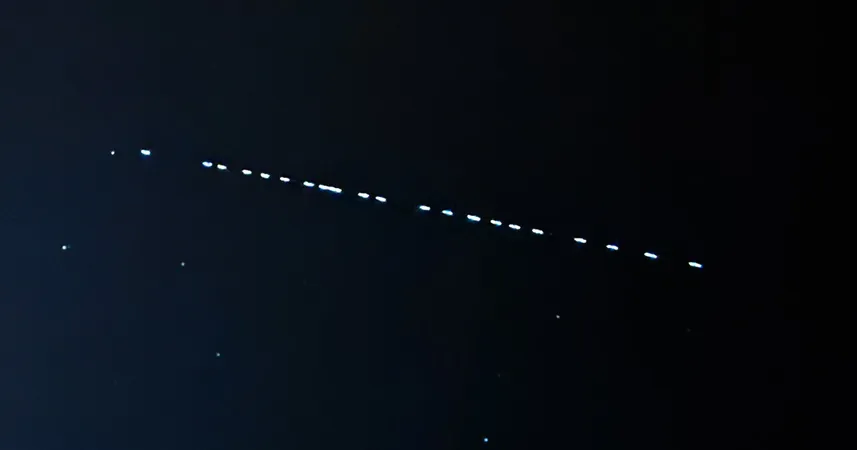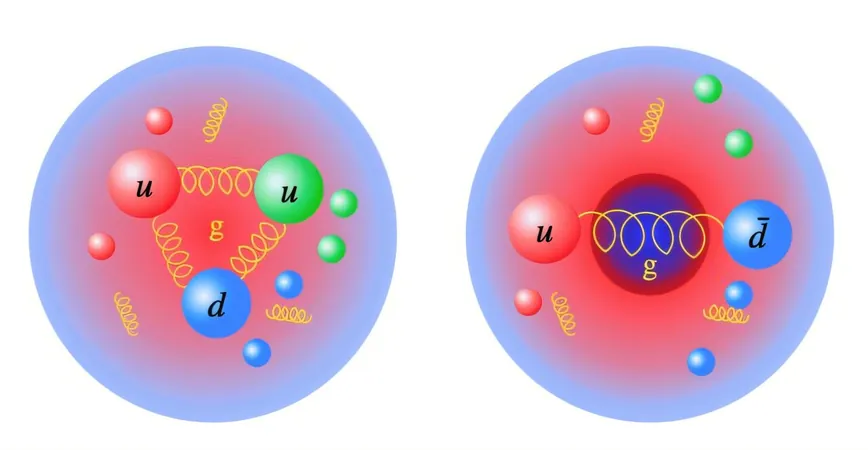
Lost to History No Longer: Archaeologists Unearth the Site of the Battle of al-Qadisiyyah in Iraq!
2024-11-12
Author: William
Groundbreaking Discovery
In a groundbreaking discovery, archaeologists have pinpointed the location of the centuries-old Battle of al-Qadisiyyah, a pivotal event that shaped the course of Middle Eastern history. The identification of this ancient battleground was made possible through the analysis of declassified US spy satellite images, combined with historical texts, offering a fascinating glimpse into the past.
Collaboration and Historical Context
Collaborating researchers from Durham University in England and the University of Al-Qadisiyah in Iraq have confirmed that the historic conflict took place somewhere around 636 or 637 AD, a significant date that marked the dawn of Muslim expansion beyond the Arabian Peninsula. The battle was not just another skirmish; it was a decisive moment that resulted in a staggering victory for the Arab Muslim forces against the much larger forces of the Sasanian Empire.
Expert Insights
William Deadman, an expert in archaeological remote sensing, shared his enthusiasm over this discovery, stating it is part of a much larger initiative aimed at mapping archaeological sites throughout the Middle East. Initially, the research team focused on the Darb Zubaydah pilgrimage route from Kufa in Iraq to Mecca in Saudi Arabia. However, their findings led them to uncover the legendary conflict's site.
Technical Approach
Using historical accounts as a guide, Deadman plotted circles on a map to identify distance markers mentioned in ancient writings. To his astonishment, overlapping areas on satellite images revealed the presence of fascinating archaeological features such as a fort and a double wall, long documented but previously undiscovered.
Location Details
This newly identified site lies approximately 30 kilometers (19 miles) south of Kufa in the Najaf Governorate. The collaboration with on-the-ground researchers in Iraq provides further validation of Deadman’s analysis. Experts assert that the Battle of al-Qadisiyyah was a game-changer—a moment that led to the decline of the Sasanian Empire and opened the gates to unprecedented Muslim territorial expansion.
Current Landscape
Today, the landscape where this landmark battle took place has been transformed into agricultural land, with much of the historical wall structure now incorporated into farmlands and other boundaries. Notably, parts of the ancient military outpost at al-‘Udhayb have been quarried over the centuries, signaling both neglect and the passage of time.
Future Plans
Looking ahead, the research team plans to map what remnants remain and conduct archaeological surveys of the area. However, these plans are currently on hold due to ongoing geopolitical tensions in the Middle East, which have made research expeditions difficult.
Significance of the Discovery
Mustafa Baig, a lecturer in Islamic Studies at the University of Exeter, remarked on the significance of this discovery. He emphasized how this battle, marked by the remarkable strategy and bravery of the vastly outnumbered Muslim forces, signified not just a turning point in regional dominance but a spread of cultural and religious influence that reverberated through the ages.
Tourist Interest
With the exact location now known, there’s a renewed interest in this historical site. Baig notes that tourists—religious pilgrims and history enthusiasts alike—are likely to flock to this newly uncovered battleground to connect with a moment that has profoundly influenced the region’s history.
Conclusion
As archaeologists continue to unravel the secrets of our past, the Battle of al-Qadisiyyah stands as a testament to the enduring human spirit and the quest for knowledge that drives exploration and discovery. Stay tuned for more updates on this fascinating journey through history!









 Brasil (PT)
Brasil (PT)
 Canada (EN)
Canada (EN)
 Chile (ES)
Chile (ES)
 España (ES)
España (ES)
 France (FR)
France (FR)
 Hong Kong (EN)
Hong Kong (EN)
 Italia (IT)
Italia (IT)
 日本 (JA)
日本 (JA)
 Magyarország (HU)
Magyarország (HU)
 Norge (NO)
Norge (NO)
 Polska (PL)
Polska (PL)
 Schweiz (DE)
Schweiz (DE)
 Singapore (EN)
Singapore (EN)
 Sverige (SV)
Sverige (SV)
 Suomi (FI)
Suomi (FI)
 Türkiye (TR)
Türkiye (TR)